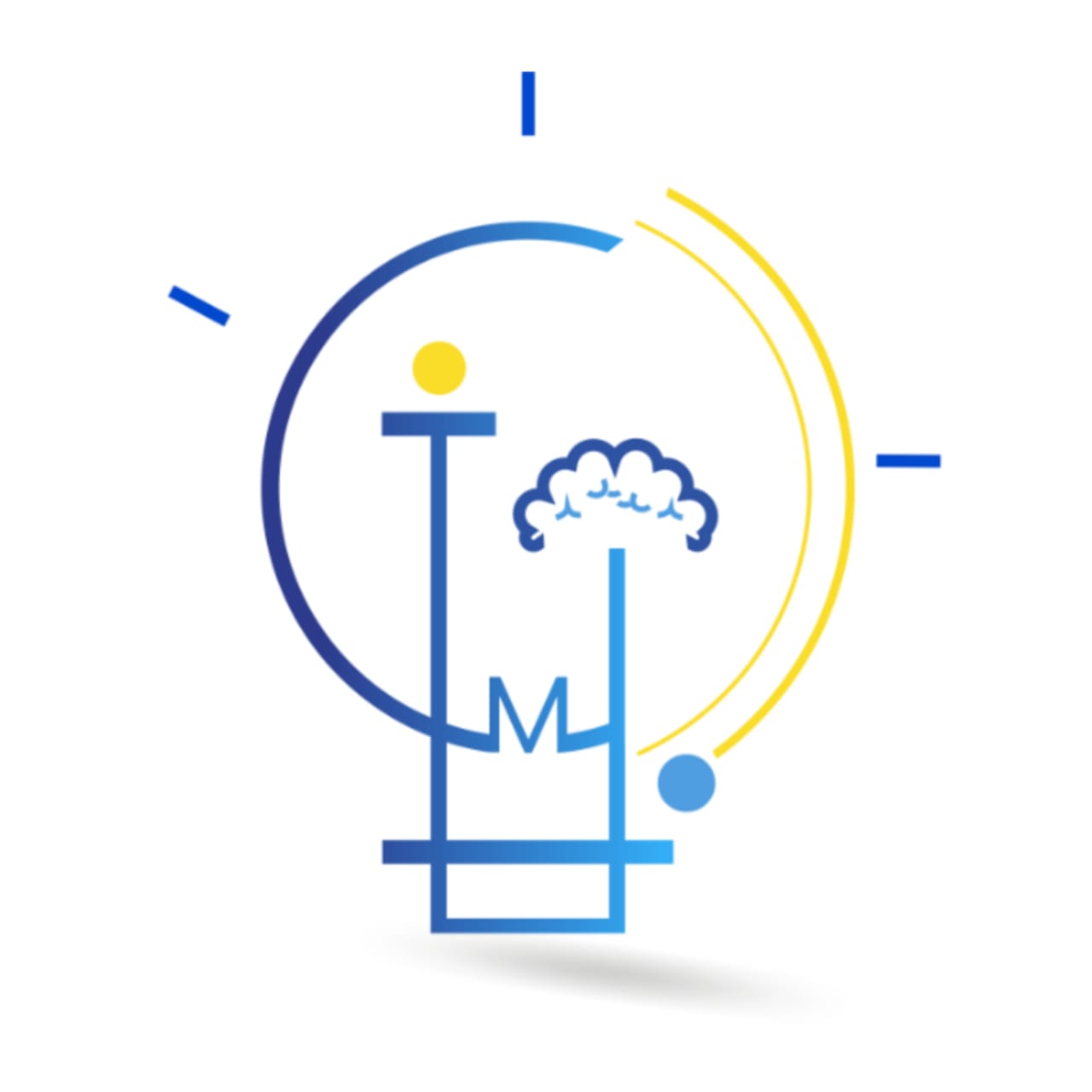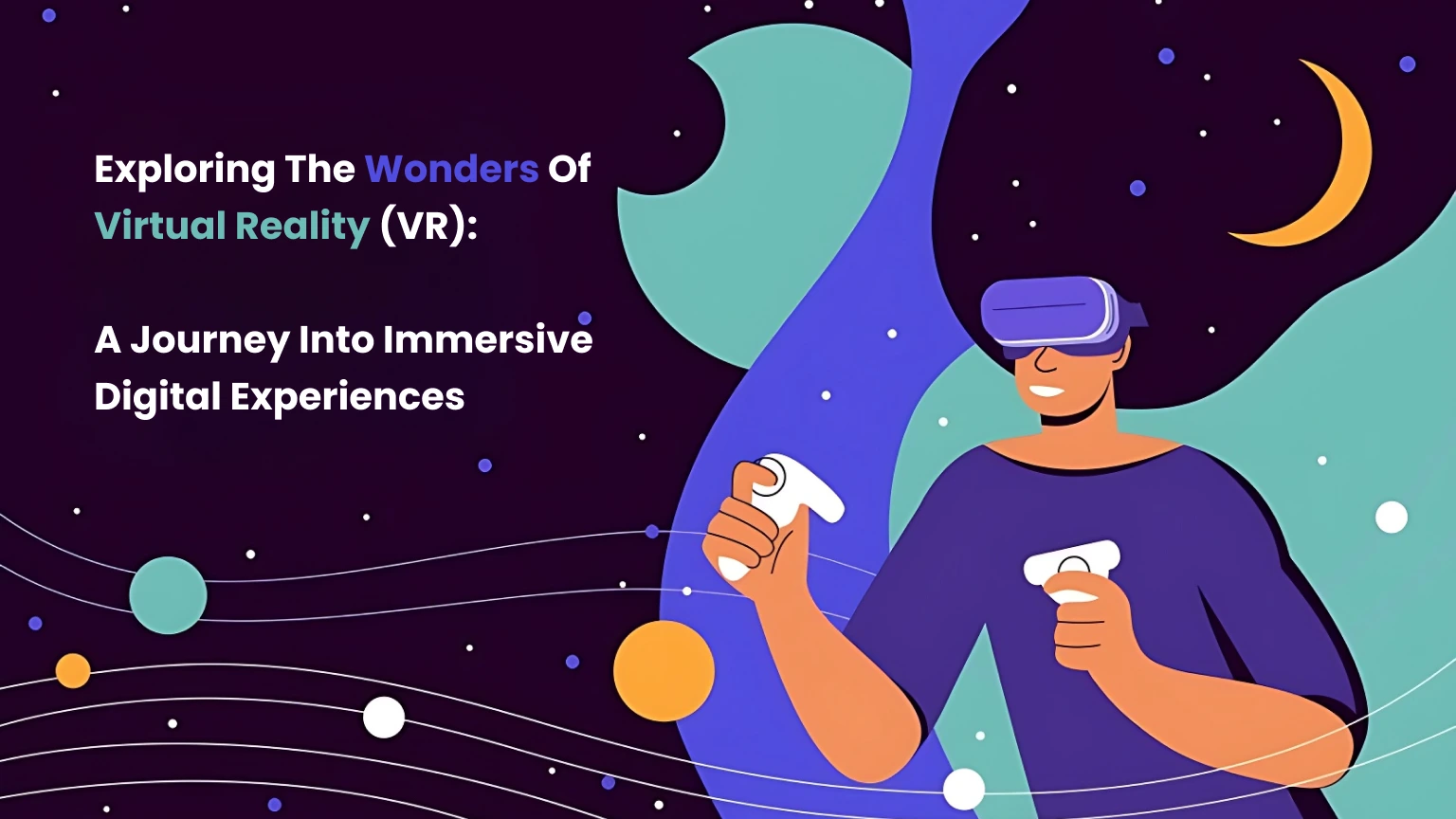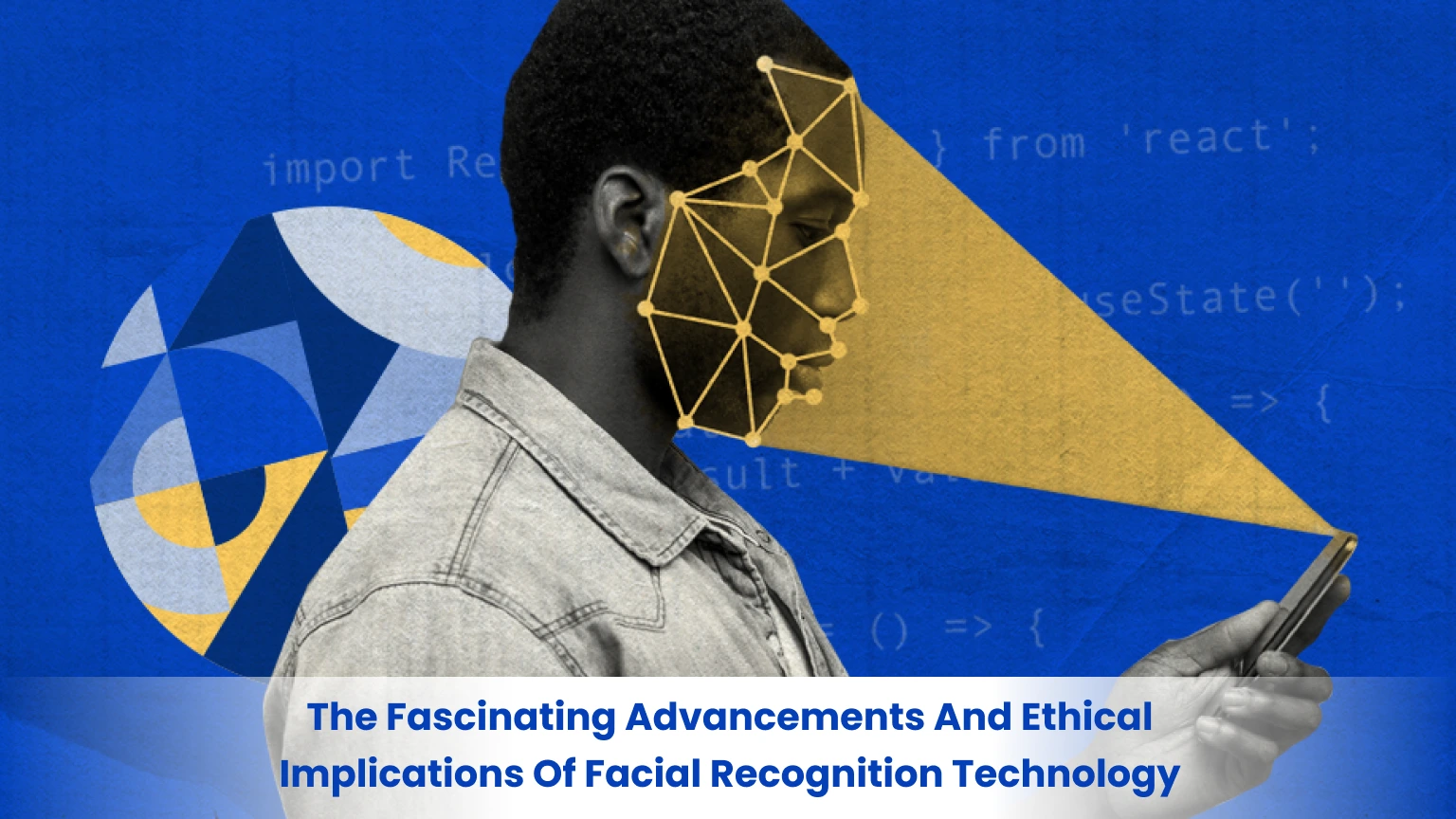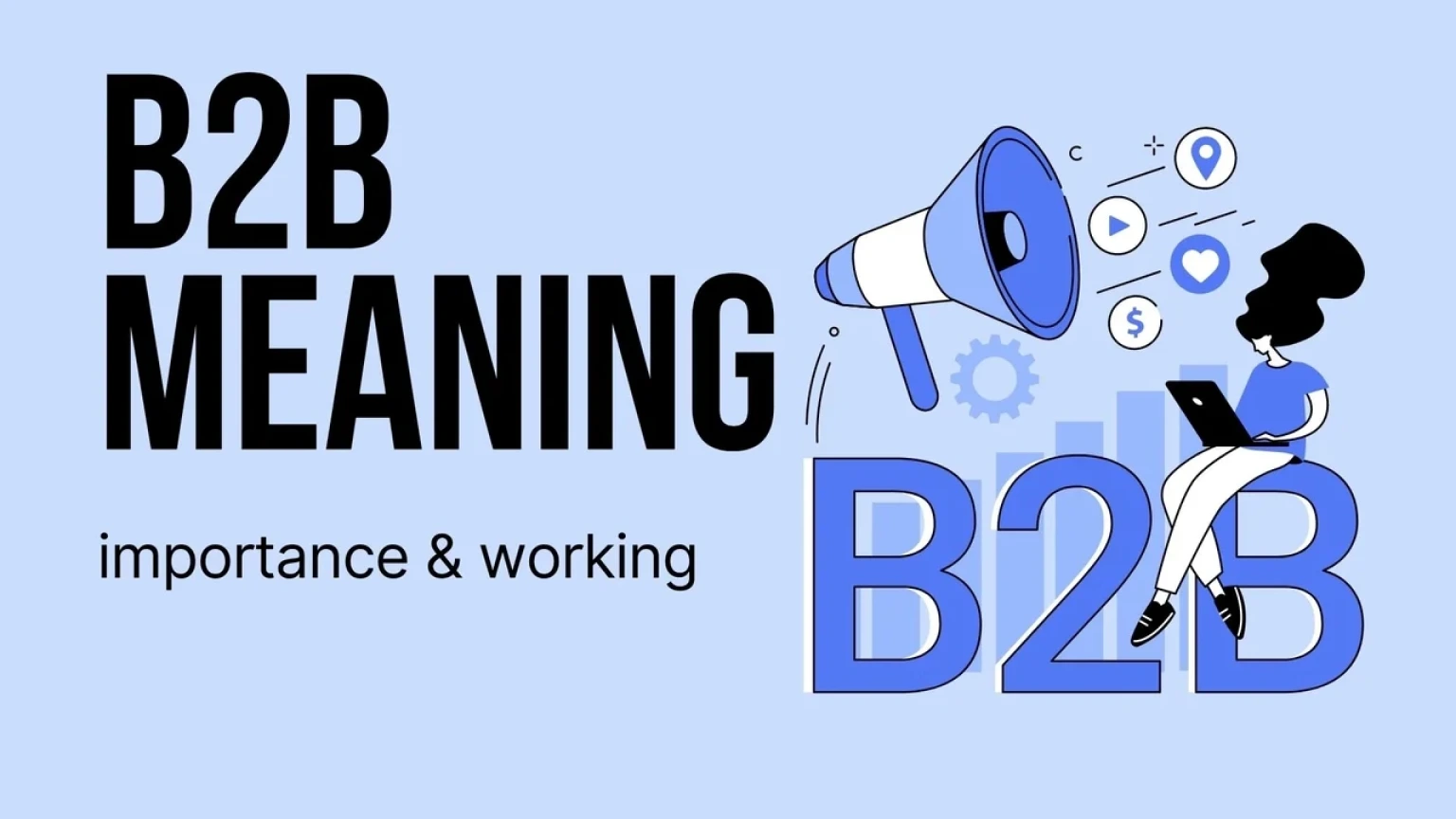Introduction
Nowadays, the field of robotics has detected extraordinary progression, especially in the development of humanoid robots and social robots. This remarkable machinery, which was previously only seen in Sci-Fi movies, is now finding use in real applications and extending the limits of what was previously studied to be achievable. From assisting in everyday tasks to providing friendship and emotional support, humanoid and social robots are changing the way we interact with machines and each other. This blog will help you explain some of the most exciting improvements in this immediately growing field and their potential associations for the future.
The Rise of Humanoid Robots
Humanoid robots are designed to simulate human beings in their appearance and behaviour, camouflaging our movements and gestures to aid more natural and perceptive cooperation. This area of robotics has seen meaningful progress, with several innovative projects coming to the front line.
Sophia: One of the most famous humanoid robots, Sophia, developed by Hanson Robotics, has become a cultural icon. She can recognize faces, catch in conversations, and express her emotions through her facial expressions. Sophia represents a remarkable achievement in creating a robot capable of conveying human-like personality traits.
ASIMO: Honda’s Advanced Step in Innovative Mobility (ASIMO) is another groundbreaking humanoid robot. ASIMO was designed to navigate complex environments, run, jump, and even pour drinks into a cup. Although it is not actively in development anymore, ASIMO’s legacy continues to inspire new generations of roboticists.
Boston Dynamics’ Atlas: Known for its agile and dynamic movements, Atlas is a humanoid robot created by Boston Dynamics. It can perform parkour-like moves, backflips, and even dance routines, showcasing the potential for advanced mobility in humanoid robots.
Social Robots: A Friend in Need
Social robots are designed to support friendship, emotional support, and relief to people in various services, including healthcare, education, and aged care. These robots can identify human emotions and behave suitably in extension to being programmed to carry out tasks.
Paro: Paro is a therapeutic robot designed to resemble a baby harp seal. Originally developed for dementia patients, Paro responds to touch and sound, providing comfort and companionship. It has been shown to reduce stress and advance emotional well-being in those it interacts with.
Pepper: Developed by SoftBank Robotics, Pepper is a versatile social robot capable of recognizing human emotions and adapting its behaviour accordingly. From greeting customers in stores to assisting with educational programs, Pepper is designed to be a friendly and engaging companion.
Mabu: Mabu, created by Catalia Health, is a social robot designed for healthcare support. It engages with patients, reminding them to take medication, tracking their well-being, and offering emotional support throughout their recovery journey.
Conclusion
Improvements in humanoid robotics and social robots are pushing the outer limits of human-machine interaction, remodelling industries and reconstructing the way of life for many. As these technologies continue to develop, it is important to access their applications with ethical concerns and a focus on enhancing humanity.
AUTHOR-ANKIT MONDAL
Disclaimer: The author(s) of this blog are solely responsible for the content posted. The blog platform serves as a medium for their expression, and the platform administrators assume no liability for the accuracy or legality of the content.




